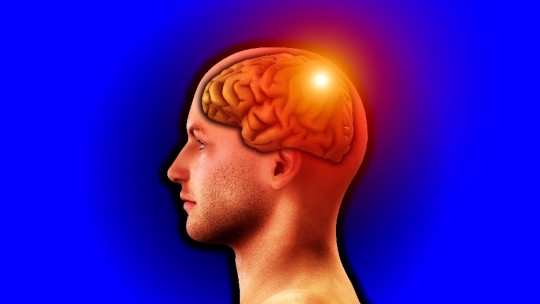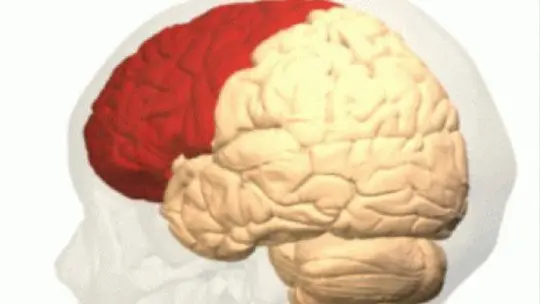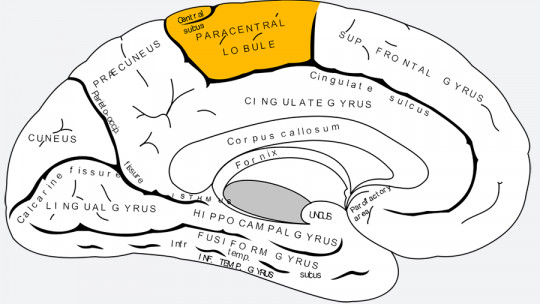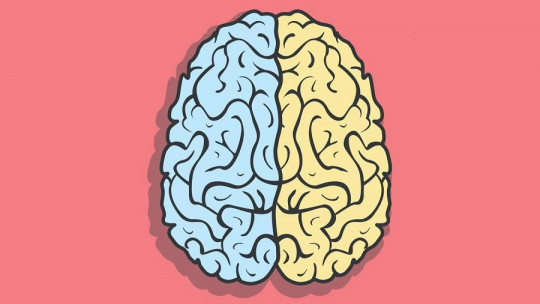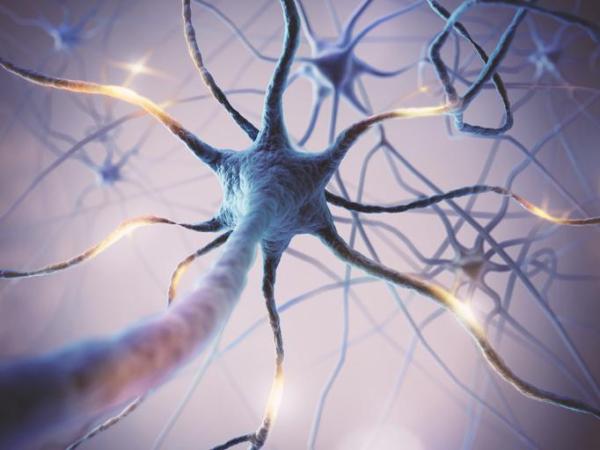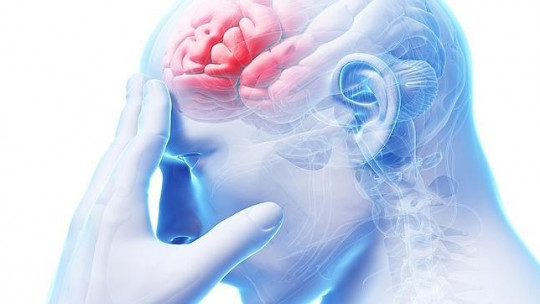
He frontal lobe It is one of the most studied and interesting parts of the brain from the point of view of psychology, neuropsychology and neuroscience in general. It is not only known for being the largest lobe in the human brain, but also for the very important functions and capabilities whose existence we owe to this structure What capabilities are these?
Basically the functions of the frontal lobe are all those that we attribute exclusively to the rational beings with their own criteria, with the possibility of acting according to complex strategies and well prepared to live in very large societies.
The importance of the frontal lobe
The difference between having a frontal lobe like that of healthy adult human beings and not having them is the difference between being an organism guided basically by impulses and emotions or another that, despite being fundamentally motivated by emotional states generated Through the limbic system, it is capable of postponing these impulses to follow elaborate plans and choose to achieve abstract goals or goals located at a very distant point in time.
However, the role of the frontal lobe goes beyond being a set of neurons and glia that allows long-term thinking. We will explore its potential in the following lines.
What is the frontal lobe like?
The frontal lobe is an anatomical structure located in the most frontal part of the brain, that is, closest to the face. It is separated from the parietal lobe by the Roland**o fissure (or Central Fissure) and the temporal lobe through the Sylvian fissure (or Lateral Fissure). Furthermore, in the human brain the frontal lobes are the largest of all, since They occupy approximately one third of the entire cerebral cortex
Although it can be considered one of the many parts of the brain, it must be taken into account that the frontal lobes do not work on their own, and that they only make sense as a brain structure when they work in coordination with the rest of the brain.
Delving into details
It is often said that The frontal lobe is the part of the brain that most differentiates us from other animals Although it is true that the brain of our species is different from those of the rest in many more aspects that affect its overall nature, this statement is, in part, true.
Because? Because our brain lobes are not only the largest proportionally, but also the only ones that make possible the existence of a wide variety of unique functions and abilities.
The importance of executive functions
The frontal lobes of the brain stand out especially for being very involved in calls. executive functions These functions are those that we associate with cognition and decision making: the use of memory, planning, selection of objectives, and the resolution of specific problems that have to be addressed by focusing attention on specific aspects.
In general terms, it can be said that the frontal lobe of each hemisphere serves to convert information about the environment into matter from which to decide what to do and design an action plan to intervene in what surrounds us. In some way, it is the part of the brain thanks to which we stop becoming passive subjects and become active agents, with the capacity to change things in response to specific objectives chosen by us based on what we have been learning.
The frontal lobe does not operate in isolation
Of course, you don’t do all this alone. It is impossible to understand how the frontal lobe works without also knowing how other brain structures work, from which it not only receives information but also works by coordinating with it in real time and at dizzying speed. Thus, for example, to initiate a sequence of voluntary movements, the frontal lobe needs the basal ganglia to be activated, related to the execution of automated movements resulting from past experiences and continuous repetition.
Some basic functions of the frontal lobe
Between the executive functions and processes that we associate with the frontal lobe we can find the following:
Meta-thinking
That is to say, the ability to think abstractly about things that are only present in our imagination, since we do not evoke due to the fact that they are being registered by our senses at that specific moment. It is also important to note that this type of thinking can have various degrees of abstraction, which includes the possibility of thinking about how we think. It is in this type of process that Cognitive-Behavioral Therapies intervene.
Working memory management
Lesions in certain parts of the frontal lobe cause working memory to be affected This means that the frontal lobe has a role in maintaining in a type of “transitory” memory information related to a problem that must be solved in real time, and that once solved it will lose its value. Thanks to this cognitive capacity, we can carry out complex tasks in real time, tasks that require taking into account different variables and pieces of information.
Long-term ideation
It is currently believed that the frontal lobe allows you to project past experiences into future situations, all based on the rules and dynamics that have been learned along the way. In turn, this allows us to place objectives, goals and even needs at a point very far from the present, months or years away.
Planning
Think about the future allows you to imagine plans and strategies, in addition to its possible results and consequences. The prefrontal lobe not only “creates” possible future scenes in our minds, it also helps us navigate them toward our own goals.
Thus, while other parts of the brain are designed to orient us towards more short-term goals, the frontal lobes allow us to aspire to goals of a more abstract nature, thanks to which we are able to cooperate, since the chains of actions that lead to achieving them are long and complex enough to accommodate more people.
Control of one’s own behavior
The orbital zone The frontal lobe (that is, the lower area of the frontal lobe, which is near the orbits of the eyes) is in constant relationship with the impulses that come from the area of the limbic system, the structure in which emotions originate. That is why one of its functions is to cushion the effects of these signals, to prevent certain emotional outbursts and impulses that need to be satisfied as soon as possible from hindering plans whose goal is located in the long term. In short, all this facilitates the self control.
Social cognition
The frontal lobes allow us to attribute mental and emotional states to others, and that this influences our behavior. In this way, we internalize possible mental states of the people around us. This, together with the fact that, as we have seen, the frontal lobes allow us to plan taking other people into account, means that these areas of the cerebral cortex predispose us to create complex social fabrics.
Parts of the frontal lobe
We could spend days, weeks and even months recapitulating all the sub-structures that can be found in an ordinary frontal lobe, since it is always possible to endlessly dissect one part into smaller ones. However, it can be said that The main areas of the frontal lobe are the following:
1. Motor cortex
The motor cortex is the part of the frontal lobe involved in the planning, execution and control processes of movements volunteers. It can be understood that it is in this part of the brain where the information about the environment and about the information itself that is processed in the brain is converted into action, that is, into electrical signals intended to activate muscles in the body.
The motor cortex is located right next to Roland’s fissure, and therefore receives a lot of information from the somatosensory area located just on the other side of this “border”, in the parietal lobe.
The motor cortex is divided into primary motor cortex, premotor cortex, and supplementary motor area.
Primary motor cortex (M1)
It is in this area where a large part of the nervous impulses originate that will travel down the spine to activate specific muscles.
Pre-motor cortex (APM)
The pre-motor cortex is the part of the frontal lobe responsible for making learning from past experiences influence movement technique. Therefore, it has a very important role in the movements that we constantly perform and of which we are “experts”, such as those associated with postural control and proximal movements (that is, those performed with parts of the trunk or areas very close to him). It works by receiving information from the basal ganglia and the thalamus, especially.
Supplementary motor area (SMA)
It is involved in carrying out very precise movements, such as those that require the use of the fingers of the hands in a coordinated manner.
2. Prefrontal cortex
Many of the characteristics and traits that we attribute exclusively to our species have their neural basis in this region of the frontal lobe: the ability to repress impulses and to think about abstract ideas, the imagination of possible future situations based on what we have seen in the past and the internalization of social norms. In fact, some cognitive faculties and functions that are normally attributed to the frontal lobes in general, exist, specifically, thanks to the prefrontal cortex, which is the region of the cortex that has evolved most recently.
3. Drill Area
This area is involved in performing specific movements to articulate speech Therefore, signals are emitted from here that will end up in the tongue, larynx and mouth.




